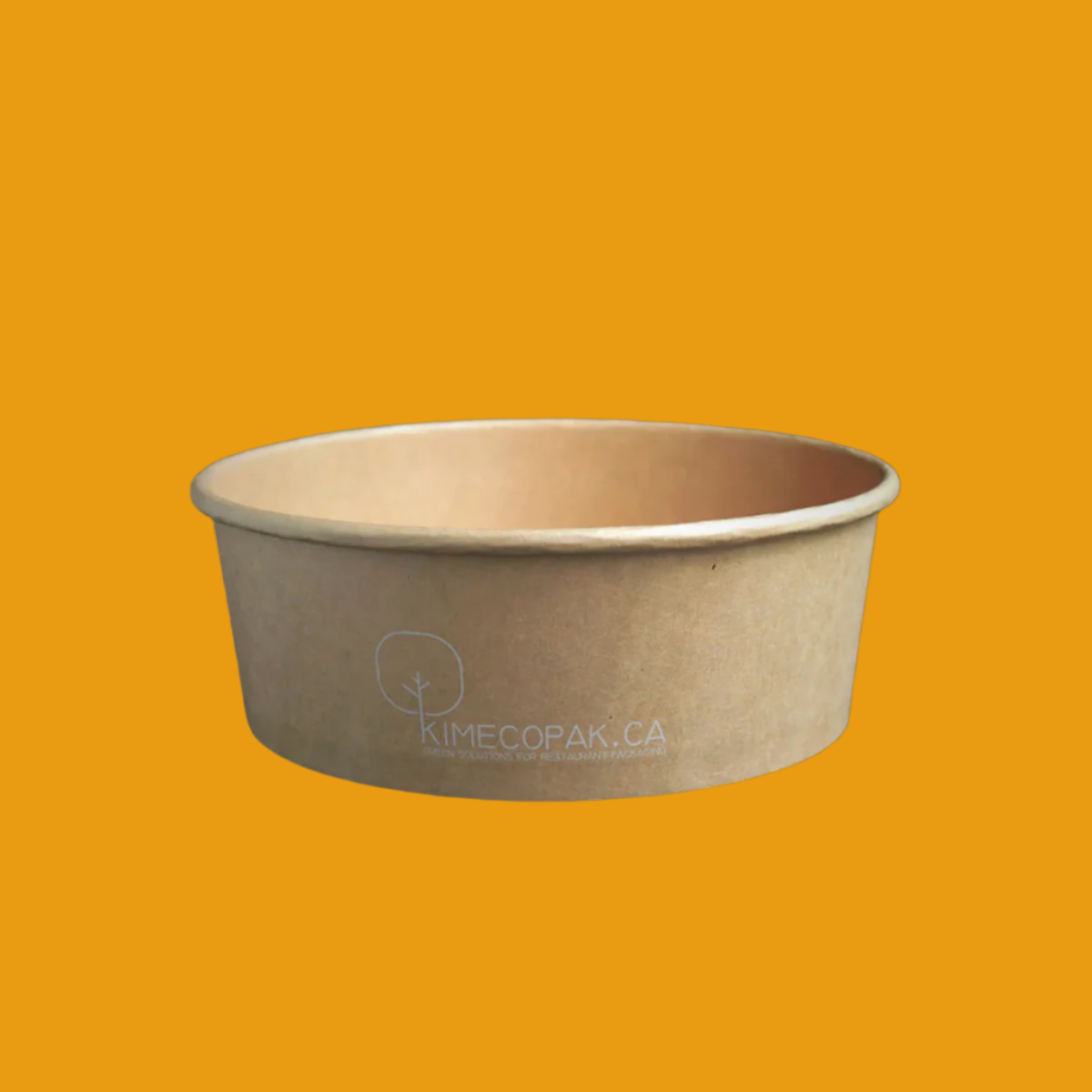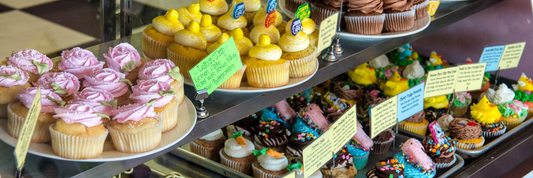Fine dining represents the pinnacle of culinary artistry and hospitality, where every detail from the ingredients on the plate to the ambiance of the room is meticulously crafted to deliver a refined, memorable experience. Unlike casual or fast-food establishments, fine dining restaurants focus on premium quality, professional service, elegant décor, and often, a strong emphasis on sustainability. In this comprehensive guide, you'll discover what defines fine dining, how it differs from other restaurant types, and how to build a fine dining brand that delights customers and stands the test of time.
What Is Fine Dining?

Definition and Characteristics of Fine Dining
Fine dining refers to a high-end dining experience that emphasizes sophisticated cuisine, meticulous service, and an elegant atmosphere. Unlike casual eateries, fine dining restaurants stand out for their commitment to culinary excellence and an overall immersive experience. Key characteristics include:
- Exceptional Food Quality: Fine dining is celebrated for its use of premium and often seasonal ingredients. Chefs may incorporate local produce and specialty items to craft their menus.
- Artistic Presentation: Every dish is not only about taste; it is presented as a work of art, with careful attention to colors, textures, and plating techniques.
- Attentive Service: The service in fine dining is professional and unobtrusive, with staff trained to anticipate guests' needs without overwhelming them.
- Dress Code: Many establishments implement a dress code that encourages guests to dress elegantly, enhancing the overall experience.
- Ambiance: The ambiance is carefully curated to create a relaxing and refined dining environment, often featuring soft lighting and tasteful décor.
How Fine Dining Differs From Other Restaurant Types
Fine dining sets itself apart from other types of restaurants through distinct differences in several areas:
- Casual Dining: Casual dining establishments often focus on a relaxed atmosphere, serving comfort food at affordable prices. In contrast, fine dining emphasizes gourmet cuisine and a formal setting.
- Fast Casual: Fast casual restaurants blend quick service with higher quality food than fast food chains. While they may offer creativity in their menus, they lack the intricate service and ambiance provided in fine dining.
- Fast Food: Fast food outlets provide quick, convenient meals with a focus on speed rather than culinary craftsmanship. In comparison, fine dining is a leisurely experience designed to indulge all senses.
Core Elements of the Fine Dining Model

Menu and Ingredients
The menu in a fine dining restaurant is a carefully curated selection that showcases the chef’s creativity. Utilization of premium, fresh ingredients is fundamental:
- Seasonal Menus: Chefs often design menus based on what is in season, allowing them to use the freshest available ingredients and support local agriculture.
- Unique Flavors: The emphasis on quality enables chefs to create bold and unique flavor profiles, often experimenting with culinary techniques and pairings.
- Artistic Plating: Dishes are plated with precision and thought, aiming to delight the eyes as much as the palate.
Service and Customer Experience
One of the hallmarks of the fine dining experience is the level of service:
- Well-Trained Staff: Employees undergo extensive training to provide service that is both knowledgeable and discreet. They are expected to remember guest preferences and suggest wine pairings that complement the meal.
- Attention to Detail: Every aspect of the dining experience, from the pacing of the meal to the clarity of the plates, is closely monitored to ensure guest satisfaction.
- Personalization: Excellent service often includes personalization, from addressing guests by name to accommodating dietary preferences or unique requests.
Interior Design and Ambiance
The interior design plays a crucial role in shaping the fine dining experience:
- Luxurious Space: The restaurant's physical space is often elegant and meticulously designed, creating a serene atmosphere conducive to relaxation and enjoyment.
- Warm Lighting: Soft, warm lighting reduces the harshness typical of many casual venues, fostering intimacy and creating a memorable dining environment.
- Background Music: The soundscape is intentionally chosen to enhance the dining experience, often featuring soft music that complements the quiet elegance of the surroundings.
Interior Design for Fine Dining Restaurants

Choosing Colors and Materials
Colors and materials greatly influence the mood and tone of a fine dining establishment:
- Neutral Palettes: Color schemes often include neutral tones, contributing to a sophisticated and timeless ambiance.
- High-End Materials: The use of premium materials, such as rich woods, stone accents, and polished metals, reflects the restaurant's commitment to quality.
Layout and Lighting
The layout and lighting are essential for creating an inviting atmosphere:
- Thoughtful Spacing: Tables are spaced to provide privacy while still maintaining a sense of connection to other diners, ensuring a comfortable yet social experience.
- Soft, Focused Lighting: Thoughtful placement of lighting fixtures provides soft illumination that enhances the food presentation without overpowering the ambiance.
Decorative Elements and Art
Decorative touches can elevate a fine dining restaurant's character:
- Elegant Floral Arrangements: Fresh flowers are often used as centerpieces, bringing life and color into the dining space.
- Fine Art: Carefully selected artwork not only adds visual interest but can also become a conversation starter among diners.
- Minimalist Design Touches: Simple yet elegant design elements ensure that the focus remains on the dining experience rather than overwhelming decor.
Choosing Packaging for the Fine Dining Experience

Why packaging matters in fine dining
In the world of fine dining, every detail counts. The visual presentation of a meal begins with the packaging, especially for takeout and delivery services. Packaging serves as the first point of contact between your restaurant and your customer.
- Reflection of Identity: The design materials convey a restaurant's identity. Elegant and unique packaging not only enhances the customer experience but also sends a message about the quality and style of the dining experience.
- Elevating Experience: Quality packaging can elevate the overall experience of dining at home or on the go. It transforms a simple meal into a gourmet experience and creates anticipation before opening the container.
Sustainable, eco-friendly packaging
In today's environmentally-conscious market, consumers increasingly prioritize sustainable practices in their purchasing decisions.
- Meeting Expectations: Using eco-friendly materials that are biodegradable or compostable aligns with consumer expectations for environmentally responsible dining. It reflects a restaurant’s commitment to sustainability and can attract eco-conscious diners.
- Enhancing Brand Image: Choosing green packaging not only contributes to sustainability but also enhances your brand image, aligning with consumer values that prioritize social responsibility.
Introducing kimecopak.ca’s premium green packaging solutions
Kimecopak.ca offers a range of elegant and sustainable packaging solutions that are ideal for fine dining restaurants.
- Aesthetics in Design: Their products are carefully designed to complement the visual appeal of high-end meals, ensuring the outer presentation matches the quality of the food within.
- Durability and Functionality: Quality packaging from kimecopak.ca ensures that meals remain intact and at the optimal temperature, enhancing the takeaway experience for your customers.
Building a Strong Fine Dining Brand
Brand positioning
Effective brand positioning begins with clearly defining your restaurant’s core values and message.
- Identifying Unique Selling Points: Understanding what makes your dining experience unique helps in communicating your brand to customers. Whether it's a focus on local ingredients, chef expertise, or an emphasis on sustainability, having a clear identity is vital.
- Creating an Emotional Connection: The story behind your restaurant can deepen connections with customers, making them more likely to return and recommend your establishment.
Effective marketing strategies
Marketing plays a crucial role in building brand awareness in the fine dining sector.
- Utilizing Social Media: Engaging customers through platforms like Instagram and Facebook allows for showcasing dishes and restaurant ambiance, reaching potential diners in creative ways.
- Collaborating with Food Critics: Partnering with food critics or bloggers can build credibility and generate buzz about your restaurant, leading to increased visibility and customer interest.
Consistency in quality and service
Maintaining a high standard of quality and service is essential for upholding your restaurant's reputation.
- Regular Staff Training: Training staff consistently ensures that every customer receives the same exceptional service experience.
- Standardizing Processes: Developing standard operating procedures can help maintain quality across all touchpoints, from meal preparation to customer service.
Conclusion
Fine dining is more than just a meal it’s a complete, sensory-driven experience that reflects excellence, artistry, and intentionality at every level. From curating a sophisticated menu and delivering impeccable service to designing a refined ambiance and selecting elegant, sustainable packaging, each element plays a vital role in shaping a brand that stands out in the competitive restaurant landscape.
Whether you're an aspiring restaurateur or looking to elevate your current establishment, embracing the principles of fine dining can position your brand for long-term success. With the right strategy, attention to detail, and commitment to sustainability, you can craft a dining experience that leaves a lasting impression and keeps guests coming back.









